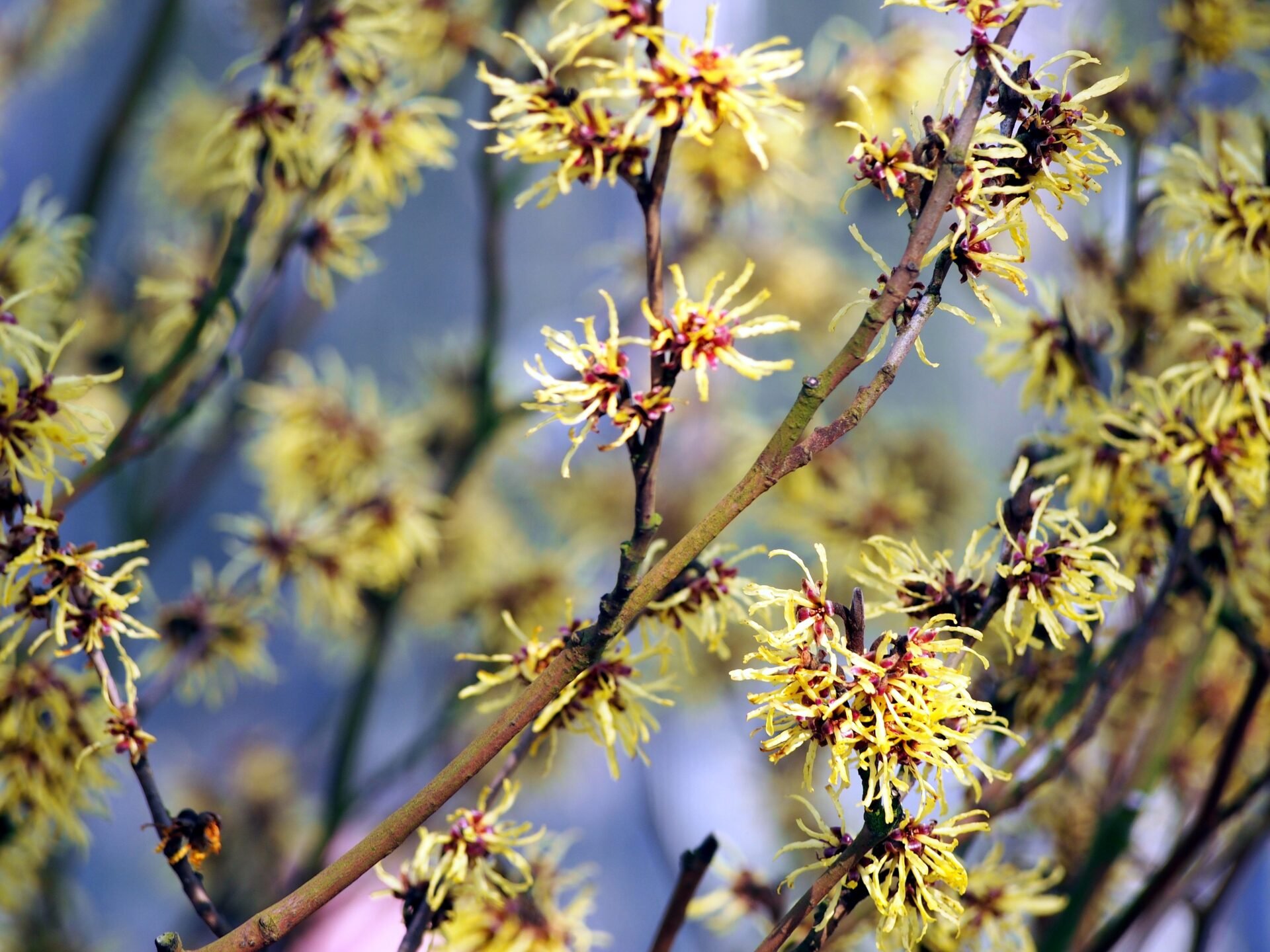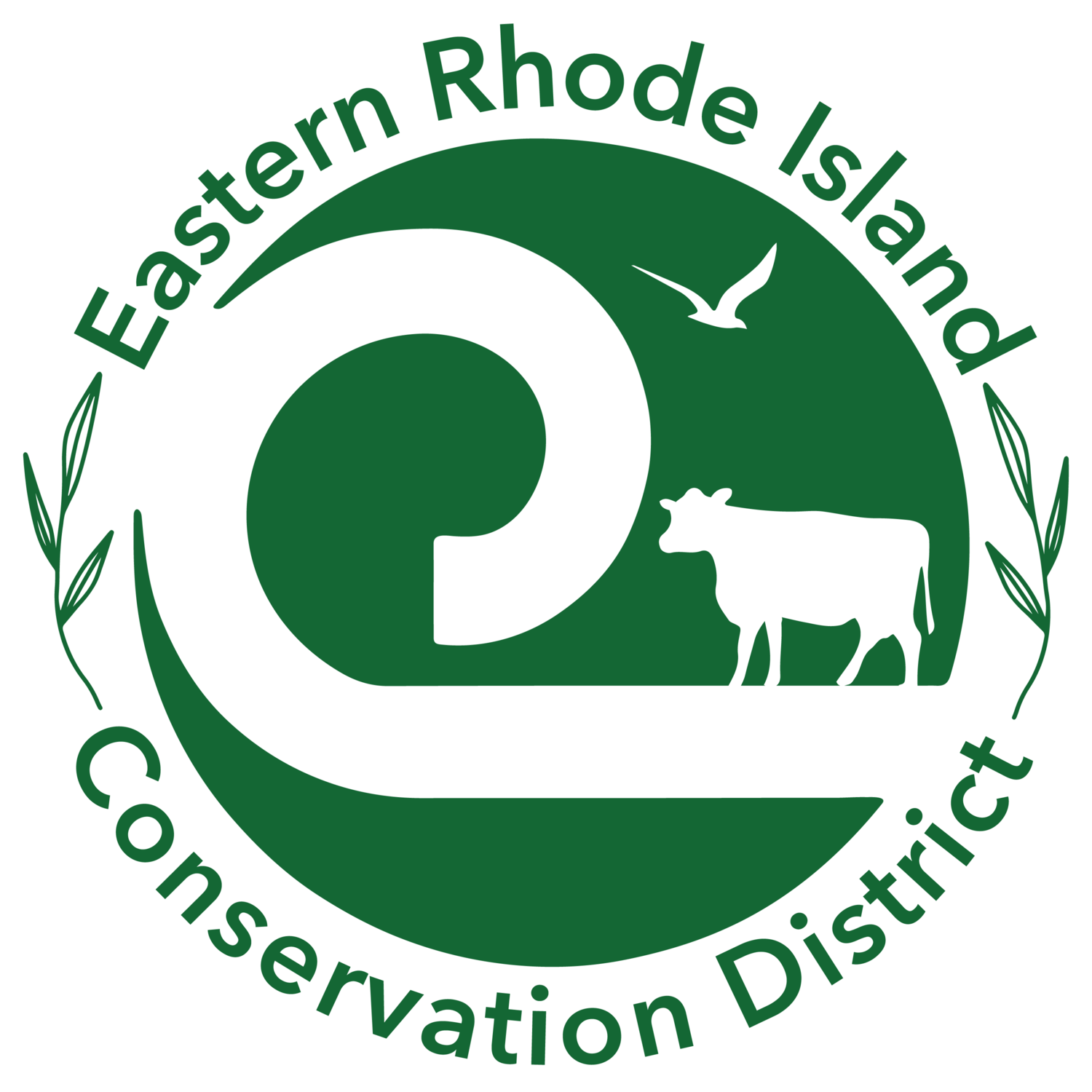
What is Pollination?
Just like every other living thing, the goal of plants is to create offspring for the next generation. In order to do this, plants can make seeds that contain all the genetic information needed to make new plants! This process requires pollination, the transfer of pollen grains from the male anther of a flower to the female stigma to fertilize the seed producing ovaries of flowers.
While some flowering plants can self-pollinate, most rely on outside forces to get their pollen to another flower of the same species. This could be wind, water or birds, insects, butterflies, bats (although New England bats are NOT pollinators) and other animals that visit flowers. These animals that transfer pollen are referred to as pollinators. There are more than 100,000 invertebrate species and 1,035 vertebrates, including birds, mammals and reptiles that fall into this category. These pollinators visit flowers to eat or collect pollen for its nutritional characteristics, to sip nectar for its sugars or because they are in search of shelter and nest-building materials. In other words, plants and pollinators rely on one another to survive!
Unfortunately, over the past few decades, there has been a significant drop in pollinator populations due to habitat loss, including honey bees, native bees, birds, bats (although not New England bats) and butterflies. That is why creation of habitats like this one are essential to the balance of our environment.





